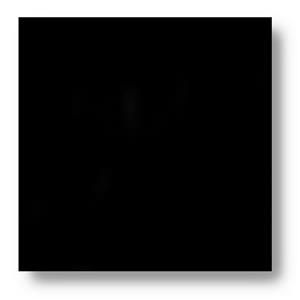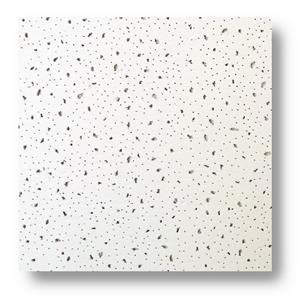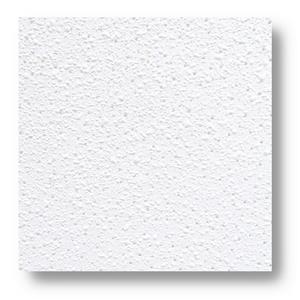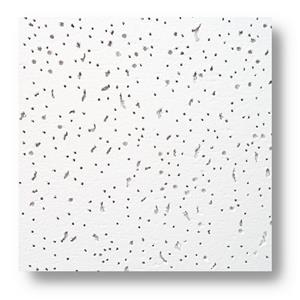How to Cut Mineral Fiber Ceiling Tiles Safely & Precisely
Mineral fiber ceiling tiles are widely used in residential, commercial and industrial spaces due to their lightweight, acoustic and fire-retardant properties. However, during installation or replacement, cutting is often required to ensure that the tiles fit the size and layout of the ceiling. The correct cutting method can avoid splintering, dust contamination, and dimensional errors, improving installation quality and construction efficiency. In this article, we'll cover the safest and most accurate way to cut mineral fiber ceiling tiles, as well as common problems and solutions.
Common reasons for cutting mineral fiber ceiling tiles
You may need to cut ceiling tiles in the following situations:
Edge adjustment: when ceiling tiles are close to a wall or other fixed structure, standard sizes may not fit perfectly and precise cutting is required.
Installation of light fixtures or vents: Holes need to be cut into the tiles to install lighting fixtures, fire sprinkler heads or air conditioning vents.
Repair and replacement: If certain bricks are damaged or deformed, they need to be replaced with new bricks of the appropriate size.
Tools and materials required
Before cutting, please prepare the following tools and safety equipment:
1, Hobby knife (multi-function knife) for basic cutting
2, electric cutting saw (such as circular saw or reciprocating saw) Suitable for large batch cutting to improve efficiency
3, steel ruler or straightedge to ensure that the cut line is straight
4. Pencil or marker to mark the cut line
5. Goggles to prevent dust from getting into eyes
6. Dust mask Prevents inhalation of fiber dust.
Work gloves to protect hands from scratches.
How to cut mineral fiber ceiling tiles accurately?
Step 1: Measuring and marking
Use a tape measure to measure the dimensions to be cut to ensure accuracy.
Draw a cut line on the surface of the mineral fiber ceiling tile with a pencil or marker.
Use a steel ruler or straightedge to ensure that the cutting line is straight to avoid errors.
Step 2: Choose the right cutting tool
For straight cuts: using a hobby knife, make several cuts along the marked line until the tiles can be easily broken.
For round or complex shapes: Use a motorised cutting saw (e.g. reciprocating saw) to cut slowly to prevent the bricks from breaking.
Step 3: Safe Cutting Practices
Cut in a well-ventilated environment to minimise dust build-up.
Wear protective equipment (goggles, mask, gloves).
Apply force gently to avoid excessive force resulting in broken bricks or damaged edges.
Use sandpaper to gently sand the cut edges to remove burrs and improve aesthetics.
Frequently Asked Questions and Solutions
Q1: Broken cutting edges
Possible cause: Too much force or use of unsuitable tools
Solution: Use slow, multiple cuts and use a sharp blade
Q2: Excessive brick dust
Possible cause: fiber materials are prone to dust generation
Solution: Wear a mask and operate in a ventilated environment.
Q3: Cutting line not straight
Possible causes: Inaccurate marking or unstable tool movement
Solution: Use a straightedge to ensure stable cutting.
Correct cutting method can ensure accurate installation of mineral fiber ceiling tiles, improve construction efficiency and reduce material waste at the same time. Using the right tools, taking accurate measurements and taking precautions can make your DIY construction smoother and safer.




